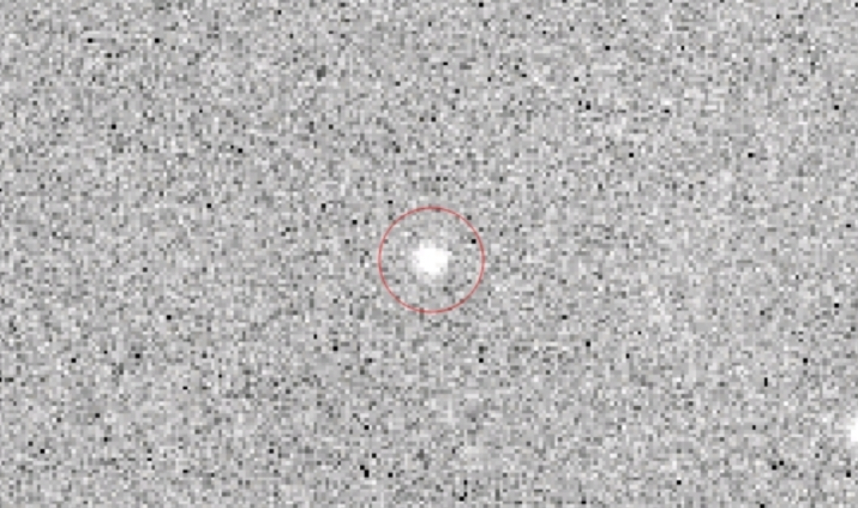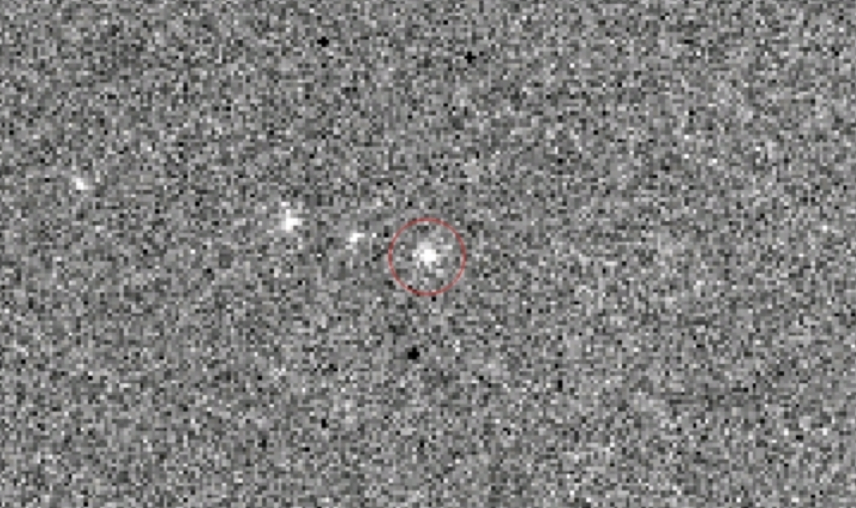Two asteroids now named after notable Filipinas—Urduja and Gabriela Silang
What a way to give celestial honor to these extraordinary Filipinas.
The Philippines has once again made a mark in the universe, quite literally, as two asteroids or minor planets now bear the name of two notable Filipinas—Urduja and Gabriela Silang.
Dr. Edsel Maurice Salvana, infectious diseases expert and the director of Institute of Molecular Biology and Biotechnology, shared this good news on his Facebook page.
Salvana said it was Dr. Carrie Nugent, an assistant professor of Computational Physics and Planetary Science at Olin College of Engineering in Massachusetts, who asked him a couple of years ago to suggest names of asteroids after strong Filipino female personalities, whether historical or legendary.
He suggested Gabriela Silang, the leader of the Ilocano independence from Spain; and Urduja, the legendary warrior princess widely believed to be from Pangasinan.
Salvana, who also posted Nugent’s official letter addressed to him, said the International Astronomical Union approved the names.
Nugent wrote in her letter to Salvana, “Asteroid 5749 has been named Urduja and asteroid 7026 has been named Gabrielasilang by the International Astronomical Union. These are the official names of these planetary bodies, and will be used in future scientific discussion and articles.”
She also described both Urduja and gabriela Silang as "remarkable for their bravery and strength.”
In her website, Nugent said that when you discover an asteroid, you can also propose its name. Names are formally approved by a working group of the International Astronomical Union, which Nugent has been a part of since 2018.
According to Nugent, well-studied asteroids are given both an identifying name and a number. So in scientific literature, these objects will be referenced as (5749) Urduja and (7026) Gabrielasilang.
Get to know (5749) Urduja and (7026) Gabrielasilang

According to International Astronomical Union’s Minor Planet Center, (5749) Urduja has a total of 2,893 observations to date since it was first observed from the Crimean Astrophysical Observatory at the Nauchnij research campus on Dec. 20, 1973. Its latest observation was from the Mauna Loa observatory in Hawaii on Dec. 12, 2021.
Nugent said (5749) Urduja orbits the sun on a roughly circular path in the main belt of asteroids, between Mars and Jupiter.
“The first known image of this object was taken in 1973, though it wasn't until the 1980s that a significant number of observations were made and its path around the sun determined. It is between 12 and 13 kilometers in diameter,” she added.
Meanwhile, (7026) Gabrielasilang has a total of 1,900 observations since it was first observed from the European Southern Observatory (La Silla) in Chile’s Atacama Desert on Aug. 22, 1976. It was recently observed from the Willowed Plains Observatory in Manteno, Illinois, on Dec. 12, 2021.

Like (5749) Urduja, (7026) Gabrielasilang also orbits the sun in the main belt of asteroids, between Mars and Jupiter. (7026) Gabrielasilang, which is about three kilometers in diameter, has an orbit that is less circular than (5749) Urduja’s.
Nugent said although the exact composition of these objects is currently unknown, the asteroids in the main belt are usually composed of rock, and sometimes metal.
Many asteroids are named after noteworthy individuals, and some of them bear names of Filipinos including the following:
- (6282) Edwelda, named in 1995 in honor of Edwin Aguirre and Imelda Joson, who have popularized astronomy in the Philippines for more than 15 years.
- (11697) Estrella, named after Allan Noriel Estrella, a finalist in the 2002 Intel International Science and Engineering Fair for his physics project.
- (30100) Christophergo, named after Filipino astrophotographer based in Cebu who discovered the Red Spot Jr. on Jupiter in 2006.
- (6636) Kintanar, named after Roman Lucero Kintanar, who directed the Philippine Atmospheric, Geophysical and Astronomical Services Administration (PAGASA) from 1958 to 1994. He was president of the U.N. World Meteorological Organization during 1979-1987.
- (4866) Badillo, named after Fr. Victor L. Badillo, who popularized astronomy in the Philippines for more than three decades. He was director of the Manila Observatory and was president of the Philippine Astronomical Society from 1972 to 1990.
- (13241) Biyo, named after Josette Biyo, a 2002 Intel Excellence in Teaching Award finalist and former executive director of the Philippine Science High School system.


